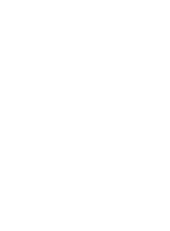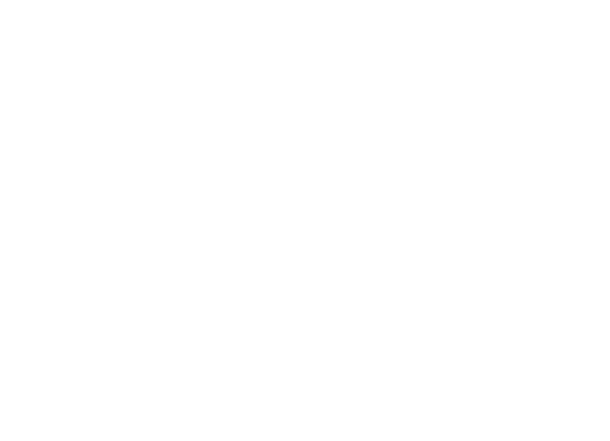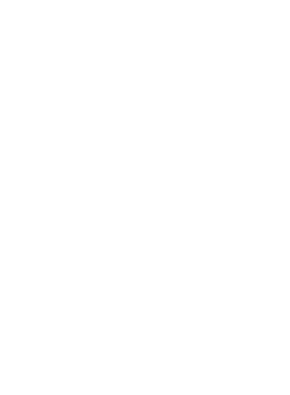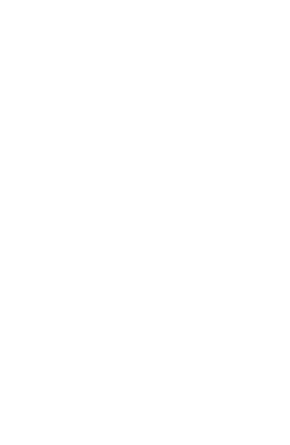 |
 |
 |

|
Oskar Schlemmer, Figurine zum Triadischen Ballett (Der Abstrakte), 1922, verschiedene Materialien, Staatsgalerie Stuttgart, Leihgabe der Freunde der Staatsgalerie
|
|
 |
Oskar Schlemmer – Visions of a New World
21/11/2014-6/4/2015
Large State Exhibition
Baden-Württemberg 2014
Staatsgalerie Stuttgart
The Large State Exhibition 2014, featuring »Oskar Schlemmer: Visions of a New World« (21 Nov. 2014 to 6 April 2015) will be the first comprehensive retrospective of the artist since almost forty years. Based on its own extensive holdings, not least also the documents from the in-house Schlemmer archive, as well as prominent loan items from museum and private possession, the Staatsgalerie has researched the high ethnic and artistic aspirations of Oskar Schlemmer (1888-1943).
|

|
Posted 25 November 2014
|
Share this:
|
|
The ambivalence of his vision of a new world, which on the one hand is aimed at metaphysical-religious spheres and on the other hand relies on the world-changing power of art, the view and the analysis of the reform efforts of his time. The exhibition of works is chronologically and thematically structured in six sections which feature approximately 250 paintings, watercolours, drawings, sculptures, photographs and the original costumes of the “Triadic Ballet” still preserved in the Staatsgalerie.
|
|
|
|
|
|
|

Oskar Schlemmer, Bauhausbühne: Equilibristik (Bühnendarsteller: Heinz Loew, Hans Hildebrandt, Lou Scheper, Werner Siedhoff, Andor Weininger), 1927, Neuabzug 1989, Foto: Irene Bayer oder Herbert Bayer Silbergelatinepapier, 18 x 24 cm Bauhaus-Archiv Berlin ?© Bauhaus-Archiv Berlin
|
|
|

|

|

|

|

|
|
|
Oskar Schlemmer, Figurine zum Triadischen Ballett (Der Scheibentänzer), 1922, verschiedene Materialien, Staatsgalerie Stuttgart, Leihgabe der Freunde der Staatsgalerie
|
|
|
|
|
Oskar Schlemmer, Figurine zum Triadischen Ballett (Der Taucher), 1922, verschiedene Materialien, Staatsgalerie Stuttgart, Leihgabe der Freunde der Staatsgalerie
|
|
|
|
|
Oskar Schlemmer, Figurine zum Triadischen Ballett (Der Türke), 1922, verschiedene Materialien, Staatsgalerie Stuttgart, Leihgabe der Freunde der Staatsgalerie
|
|
|

|

|

|

Oskar Schlemmer with mask and metal object, c. 1931, photo: reprint from the original, c. 1975, Staatsgalerie Stuttgart, Archive Oskar Schlemmer?© photo: Staatsgalerie Stuttgart
|
|
Schlemmer’s early work is characterised by his studies at Stuttgart Academy and the confrontation with the European avant-garde. His knowledge was promoted through a stay in Berlin during 1911/12 and the acquaintanceship with Herwarth Walden as well as visits to his gallery “Der Sturm”. In 1921, Schlemmer is appointed to a position at the Bauhaus in Weimar, where as “master of form” he is responsible for stone sculpture and mural art and from 1923 on also for the theatre workshop. His most important work of stagecraft, “The Triadic Ballet”, is premiered in 1922 at the Württemberg Regional Theatre in Stuttgart and is regarded as an incunable of dance. Rigid costumes forcing the body to marionette-like movement lead to the concept of avant-garde dancing liberated from historical ballast. In the course of the Bauhaus relocation to Dessau in 1925, as director of the Bauhaus theatre workshop Schlemmer receives numerous orders for scenic design of operas and ballets.
|
|
|

|

|

|

|

|
|
|
Oskar Schlemmer, Figurine zum Triadischen Ballett (Die Drahtfigur), 1922, verschiedene Materialien, Staatsgalerie Stuttgart, Leihgabe der Freunde der Staatsgalerie
|
|
|
|
|
Oskar Schlemmer, Figurine zum Triadischen Ballett (Die Goldkugel), 1922, verschiedene Materialien, Staatsgalerie Stuttgart, Leihgabe der Freunde der Staatsgalerie
|
|
|
|
|
Oskar Schlemmer, Figurine zum Triadischen Ballett (Der Taucher), 1922, verschiedene Materialien, Staatsgalerie Stuttgart, Leihgabe der Freunde der Staatsgalerie
|
|
|
|

|

|

|
He celebrates trans-regional successes with the “Bauhaus dances”, in which dancers wear jerseys and masks instead of extravagant costumers and sound out elementary body-space relationships. From 1928 Schlemmer works on designs for the Fountain Room at Folkwang Museum in Essen. He increasingly focuses on the athletic figure which is correlated with abstract geometrical shapes. The design series in oil on canvas as well as mural-high pastels on transparent paper from the Staatsgalerie collection uniquely document Schlemmer’s largest commissioned work. The implemented series was removed from the museum in 1933 by the National Socialists and is said to be missing. After Schlemmer’s switch in 1929 to the State Academy for Art and Applied Arts in Breslau, important paintings emerge, which show multi-figured human architectures with echoes of sports events as well as complexly staggered balustrade scenes. The artist comments on the 1932 closure of the Bauhaus with his programmatic painting “Bauhaus Stairway” (today exhibited at the Museum of Modern Art in New York). When Schlemmer is dismissed from the teaching position and branded as a “degenerate” artist in 1933, more somber paintings emerge, and shortly before his death “Window Pictures”, which observe the life of others from the distance of an outsider. The artist now earns his livelihood with commercial paintings. In 1940 he receives a final mural order for a private house in Stuttgart. The exhibition pays tribute to the visionary achievement of this pioneer of a modern understanding of the world that reconciles technology and art, human beings and civilisation as well as body and mind. And also the tragedy of this understanding of the world, in which dimension, number and law could hardly serve as bulwark against totalitarianism any longer after the takeover by the National Socialists in 1933.
|
|

Oskar Schlemmer, Banister Scene, 1932 Oil on coarse canvas, 105.5 × 70.5 cm Staatsgalerie Stuttgart
|
|
|
|
|
|
|
|
|
|


